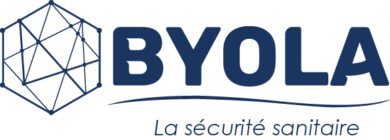About our boxes
THE BYOLA COMPANY BY ITS GENERAL MANAGER
Joseph Colletta
C.E.O.
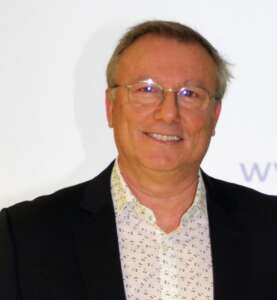
Where is BYOLA located?
Byola decided to set up its production site in Faulquemont in Moselle, where it was warmly welcomed by District Urbain (DUF). The administrative management is located in Saint Romain en Gal in the Rhône.
What are the advantages of ultraviolet rays in terms of decontamination?
The advantages are many. Their virucidal and biocidal efficacy are verified. Ultraviolet rays consume little energy and their use generates no waste.
Why is this process so little democratized?
It remains, above all, a dangerous product. If UVA is massively used for tanning, under no circumstances should parts of your body be exposed to UVC, otherwise you will contract skin diseases. However, the method is very simple and easy to use and no longer represents any danger if all the precautions are followed.
What types of objects and surfaces can be decontaminated by UVC?
All objects can be decontaminated by UVC, whatever their nature (wood, plastic, metal, fabrics, etc.). UVC is a short wave which does not cross the surface but will touch it and decontaminate it. We carry out the decontamination in a box equipped with UVC lamps which guarantees health safety and allows optimal quality.
“The use of UVC has been around for 100 years“
Are there bacteria that are resistant to ultraviolet rays?
From our point of view, it is impossible to be absolutely certain that our solution eradicates all bacteria. We have carried out numerous tests on bacteria and we are able to certify the possibility, through our Byola, of eradicating the vast majority of germs and viruses. Among the very resistant bacteria, we can cite the case of a spore very present in hospitals: the clostridium. The complete elimination of this bacterium requires a longer UVC exposure time and higher lamp power. Regarding viruses, our various tests allow us to know what dose and how long are necessary to destroy them. For viruses as for bacteria, we carry out cultures to carry out our tests. Viruses such as SARS COV2, adenovirus, rotavirus or even herpes are tested in the laboratory.
To what extent can you adapt the power of the process according to bacteria and viruses?
The machines we produce have electronic programming adapted to each bacterium or virus. We can therefore target precisely what we want to eradicate by adapting the process power of our devices.
To what extent does the knowledge of bacteria and viruses in biology laboratories play an important role in the development of your technology?
The laboratories play a major role and make themselves available to us to develop the technique. We work with three laboratories that are very attentive and are particularly interested in the UVC decontamination process.
At the end of 2020, you collaborated with hospitals to develop a prototype. How did this operation go?
Initially, our prototypes were intended for the disinfection of armchairs (PMR). By going to hospitals that were going through a delicate period with the influx of COVID patients, we realized that the disinfection needs were significant. This concerned all types of materials. Hospitals asked us to go to pediatric wards where the needs were also very great. Children are also particularly exposed to contamination. This is how we came up with the idea of contacting town halls to let them know of my concern about children’s toys, and to offer them our solution.
“Our models produce no waste“
What lessons do you draw from this first phase of development?
First of all, we have to deal with a great misunderstanding of UVC and perhaps even some form of fear. I was struck by some reluctance in nurseries regarding disinfection. I find it surprising that some prefer to let bacteria proliferate when there is a solution to eliminate them. Fortunately, we also received a very enthusiastic welcome from other interlocutors. As so often, we face the whole prism of reactions. Within the same company we can also encounter very heterogeneous reactions, as was the case with the Red Cross with whom we will, I hope, soon collaborate: a director of a crèche near Metz is particularly enthusiastic .
What are the different types of boxes that you have developed?
We currently offer six different types of cases (boxes). The smallest models in the range are the Byola 50 and 100 and are intended for small objects. The Byola 200 has a larger usable volume. We have just completed the development of two models, the Byola 250 which works on the same system but controlled by a smartphone, and the Byola 350 which offers doubled capacity. The rest of the range is more imposing with the Byola 700 which is the size of a wardrobe and finally the Byola 900 intended for wheelchairs for people with reduced mobility or large objects.
What are the advantages of this type of equipment for your future customers?
Our models offer great reliability, guarantee total safety and produce no waste, without neglecting the very low financial cost.
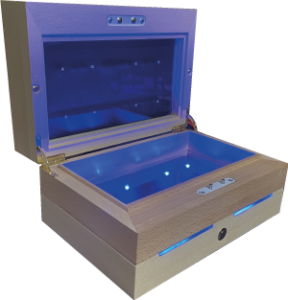
What would you like to develop in the more or less long term to complete Byola’s offer around disinfection?
It is not possible to disinfect without cleaning well. The cleaning or debridement phase prior to disinfection is essential. This is why we are working on new devices combining cleaning with disinfection, which would save exponential time.
THE UVC DECONTAMINATION RANGE
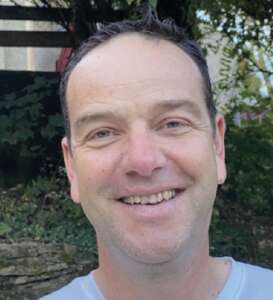
Romuald Stock
After the first tests carried out in pediatric departments, what problems have been identified in terms of contamination in places welcoming children such as nurseries, schools or pediatric departments?
The major problem remains the proliferation of bacteria. The health protocols implemented in recent years make it possible to limit the spread of bacteria but do not prevent their presence. A child will always put the toys in his mouth and they must be disinfected at least once a day to avoid the transport of bacteria from one child to another.
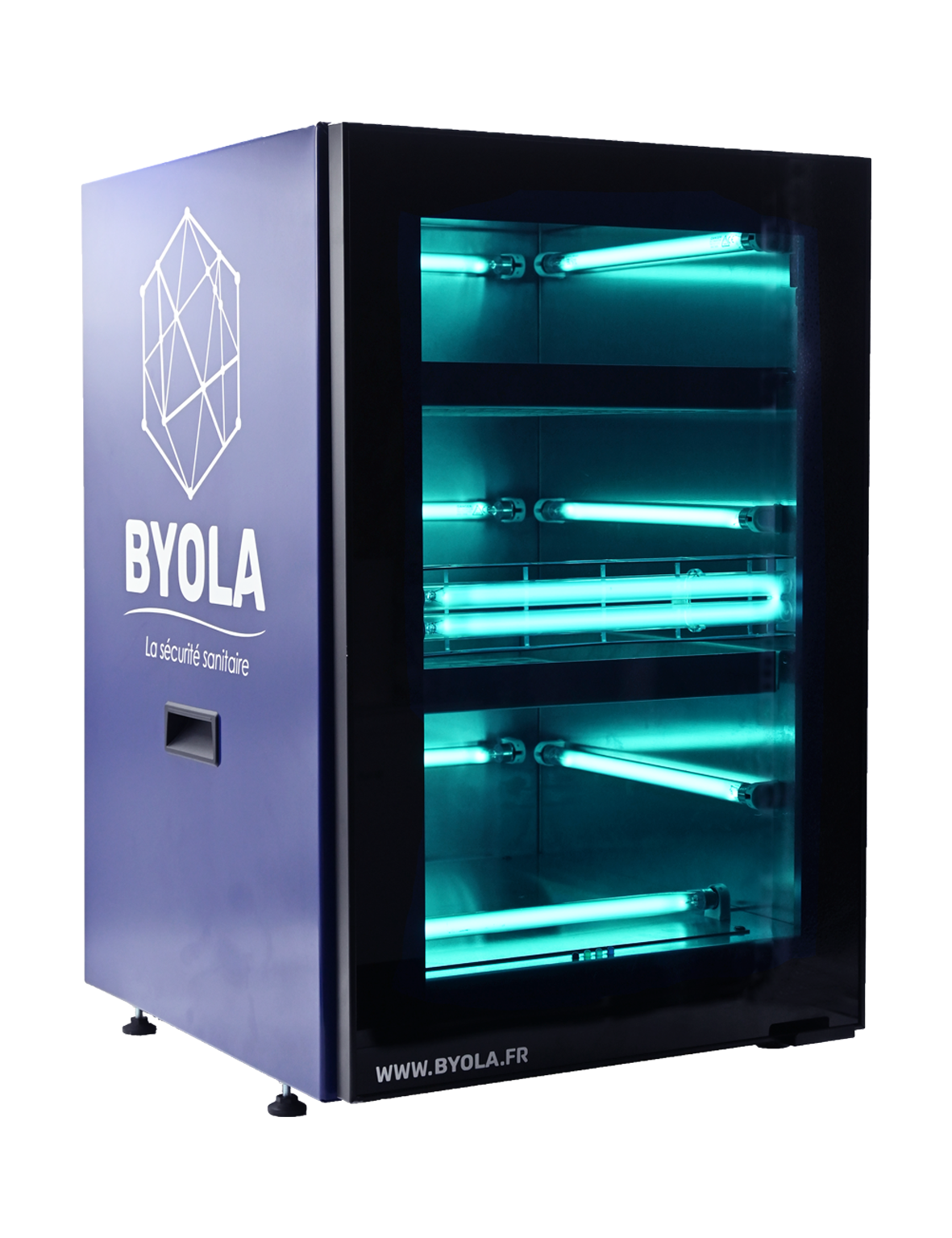
What was the role of industry players in the development of Byola boxes?
The feedback from the staff is rather positive and no one has yet reported any criticism of our solutions. We are always very well received by our interlocutors. Although our products are still in development, the reception from our prospects is very positive. We often talk to professionals who are new to this technique and who still have questions about the effectiveness of the process. We have taken into consideration all customer and contact feedback to develop our range and bring it to seven standard models. Made-to-measure edrins can also be made.
How is the disinfection of toys carried out?
The disinfection process will depend on the virus or bacteria targeted but, in general, it lasts between 40 seconds and 22 minutes maximum.
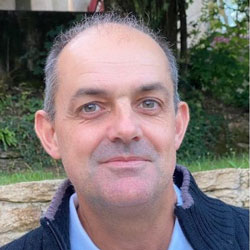
What are the challenges of disinfection in hospitals and healthcare establishments?
During the pandemic, many objects used by caregivers, for lack of a virucidal process, were discarded. Hygienists are asking for our process offered by Byola. We can provide cost-effective solutions through disinfection and avoid this reluctance phenomenon. The other priority is to disinfect the gowns of the nursing staff and the clothing of the cleaning teams. In this context, our Byola 900 and Byola 700 models are particularly suitable for clinics and hospitals.
How can your chambers fit into the very strict protocols and standards that govern these establishments?
It is imperative to test all viruses in the laboratory in order to provide all the details and guarantees necessary for hospitals. The second essential point to enter the hospital sector is certification. We are currently working on the ISO 13 485 standard which defines the quality management system requirements for an organization providing medical devices or associated services. We are going to carry out an audit soon for certification scheduled for March 2022. We have registered our trademarks and the patents are in the process of being filed.
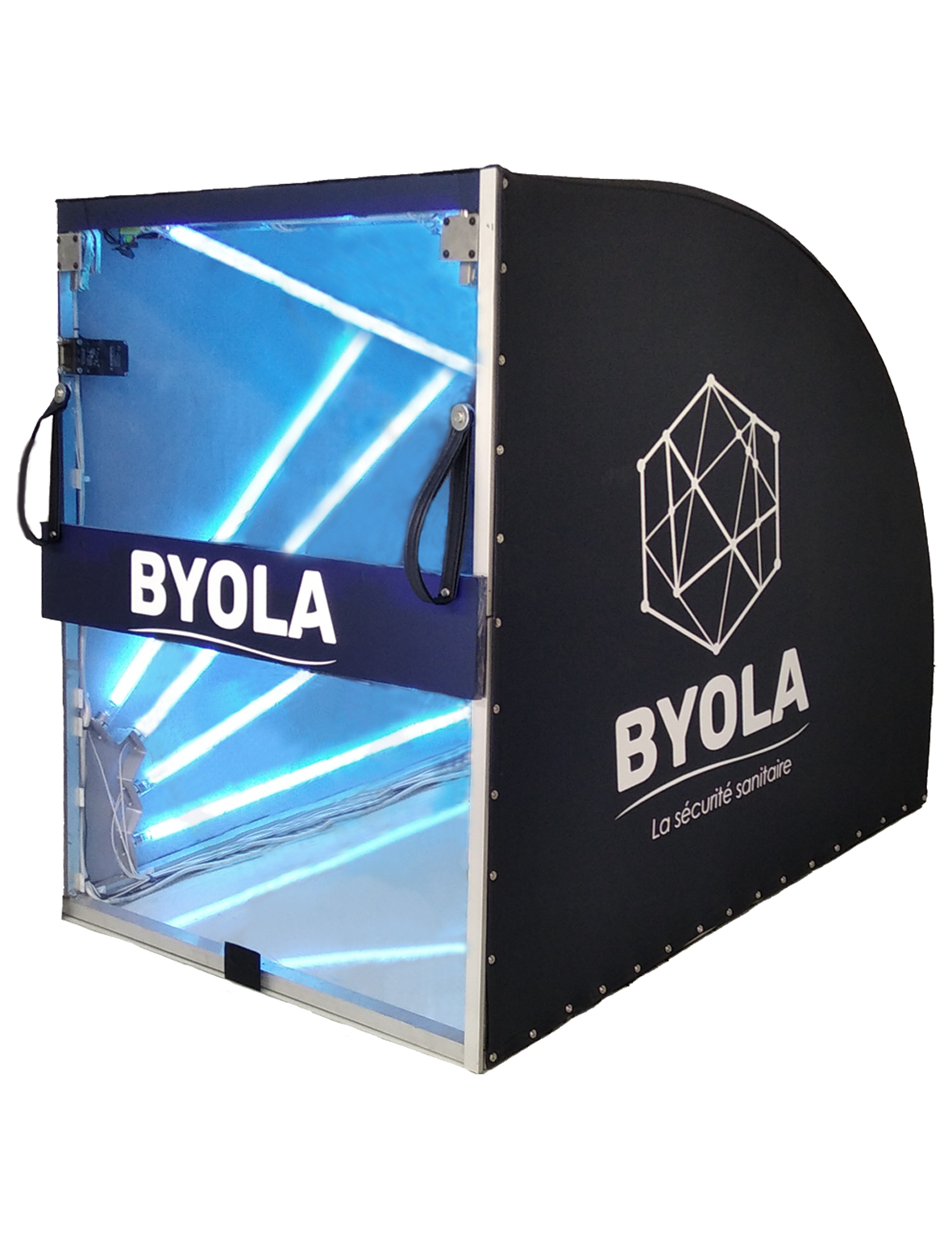
What objects are you able to disinfect in healthcare establishments?
We can decontaminate gowns, staff clothing, medical devices such as stethoscopes but also small chairs such as those used in radiology. We must be sensitive to the fact that the reuse of objects by different patients is inevitably a factor in the transmission of viruses. Our action is not only devoted to COVID but also to bacteria, type viruses: staphylococci, rotavirus, herpes…
Following your first discussions with healthcare establishments, did you detect any sensitivity on their part to this type of equipment?
Healthcare professionals easily understand that this type of equipment can allow them to avoid wasting certain medical devices but protect patients and medical teams. Institutions have limited resources, our solutions adapt perfectly to this economic model.
BYOLA company
Created in November 2020 with capital of €102,000. BYOLA is located in Faulquemont near Metz for the industrial part and in Saint Romain en Gal for the administrative part.
Our markets
Our offer is suitable for many areas of activity such as medical, optics, luxury, clothes, ambulances, premises and communities…
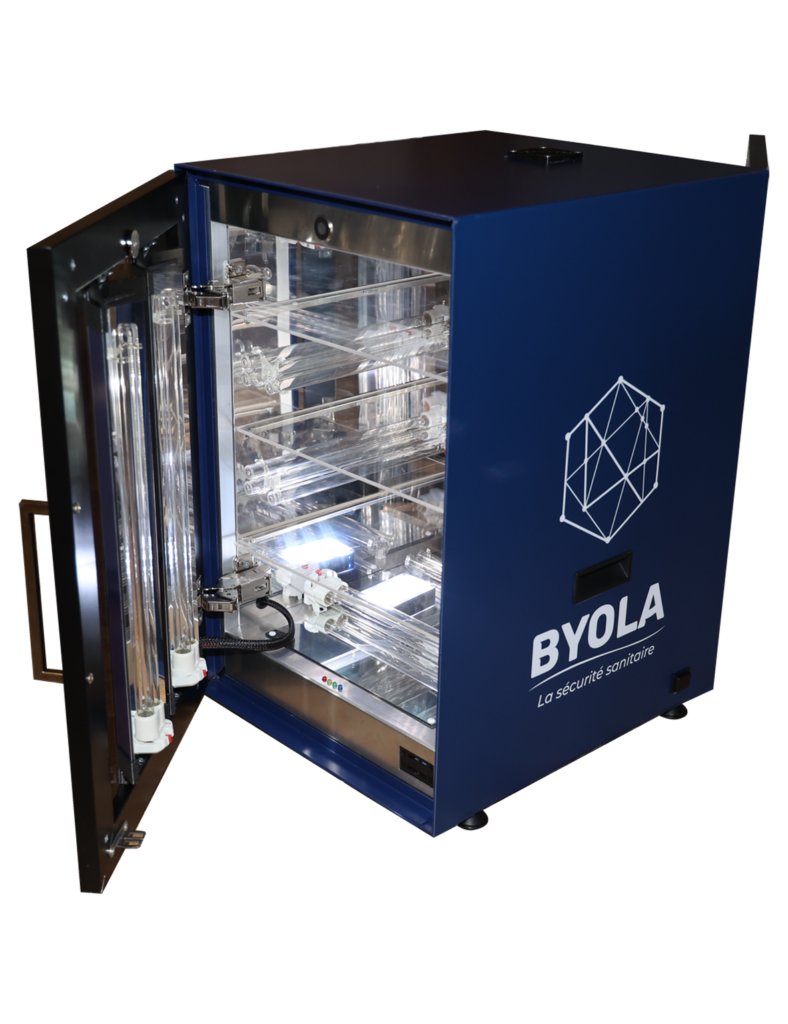
A team close to you
Understand your needs
BYOLA engineers will be able to adapt our products according to your needs.
Train your teams
Complete training adapted to your specific protocols.
Adapt disinfection
Dimension the disinfection of your products.
Maintenance
Our products are monitored by ensuring preventive and corrective maintenance
Accompaniement
We accompany you throughout the implementation process.
Security
We train you for maximum safety of your staff
BYOLA sites in France
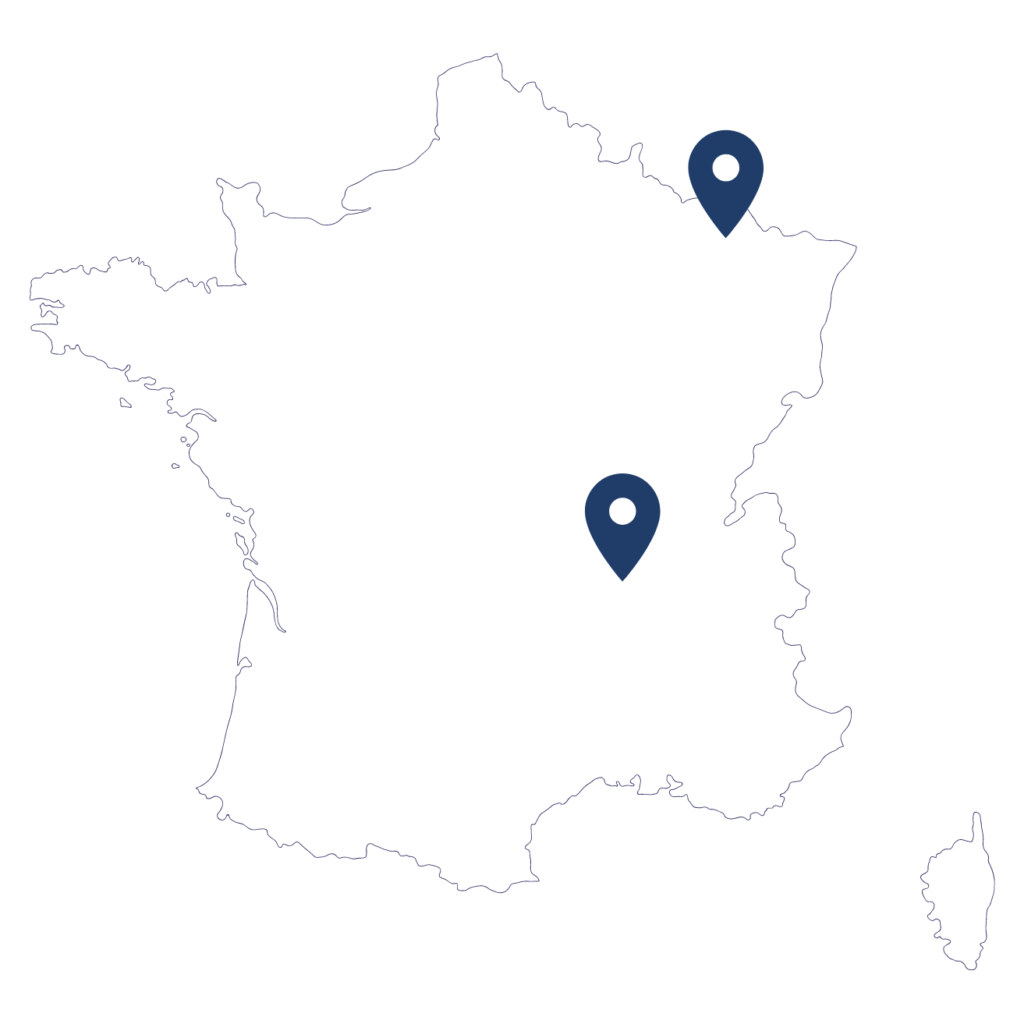
BYOLA FAULQUEMONT
Manufacturing and development site near Metz.
BYOLA SAINT ROMAIN EN GAL
Administrative site
